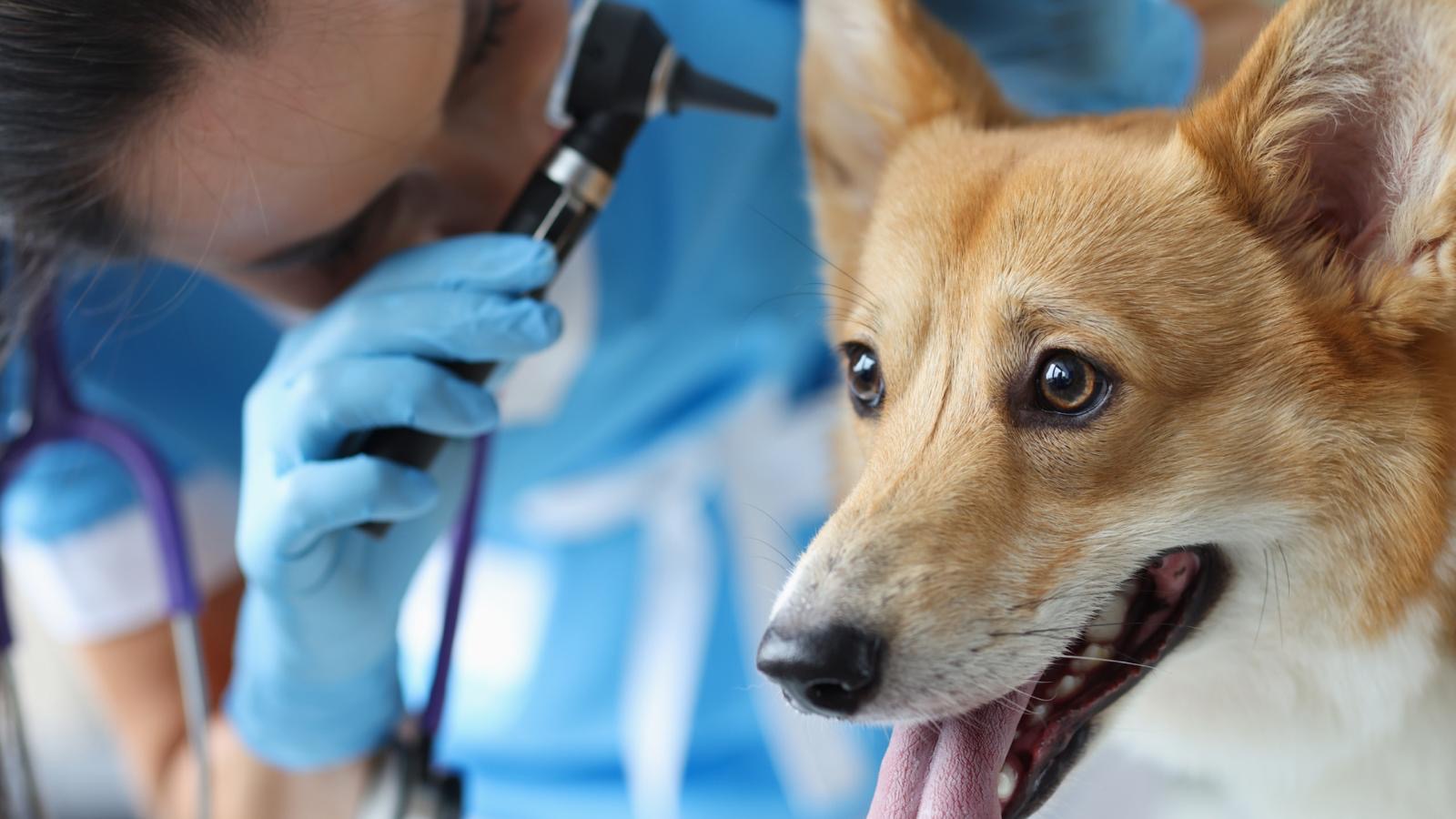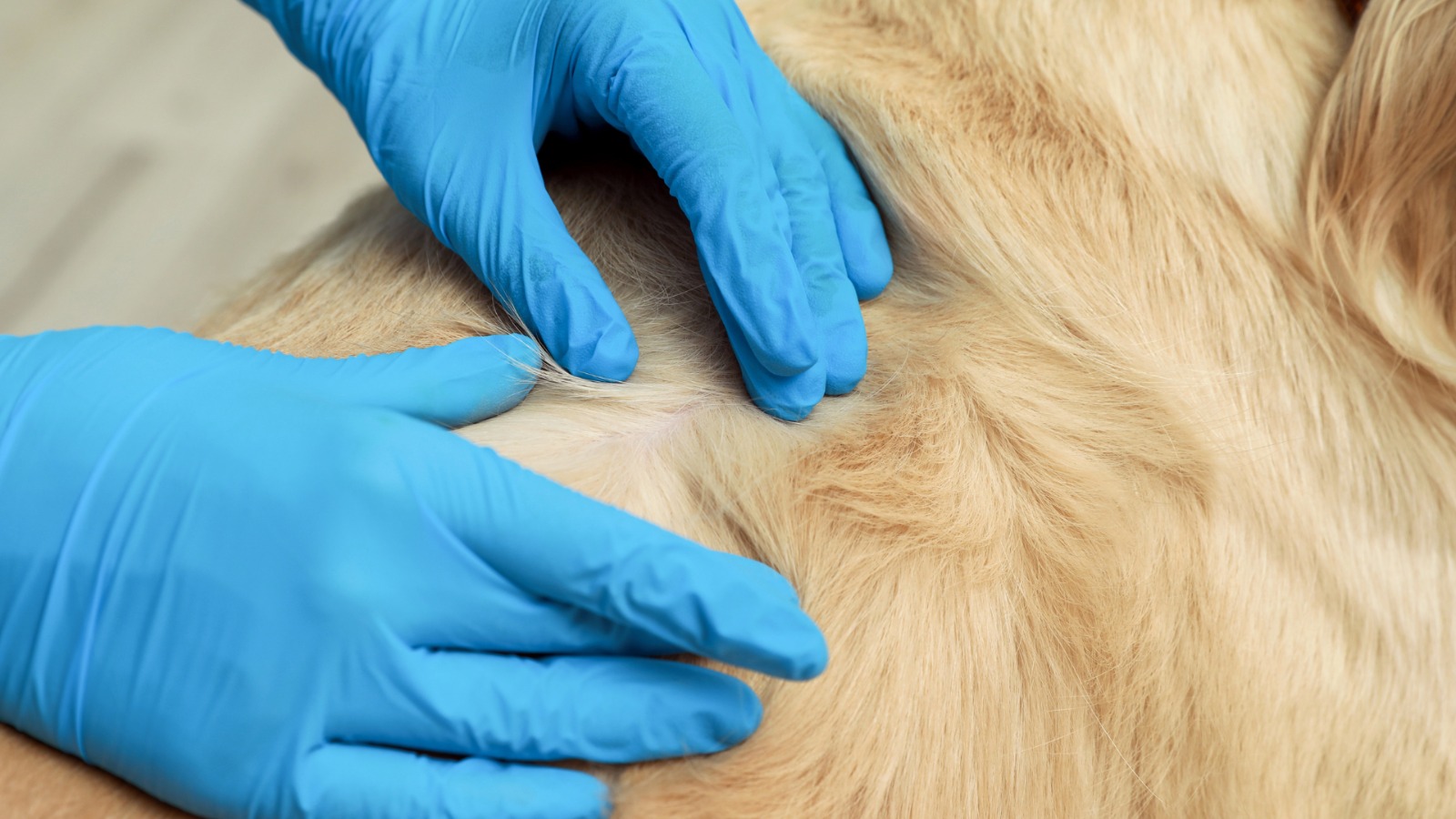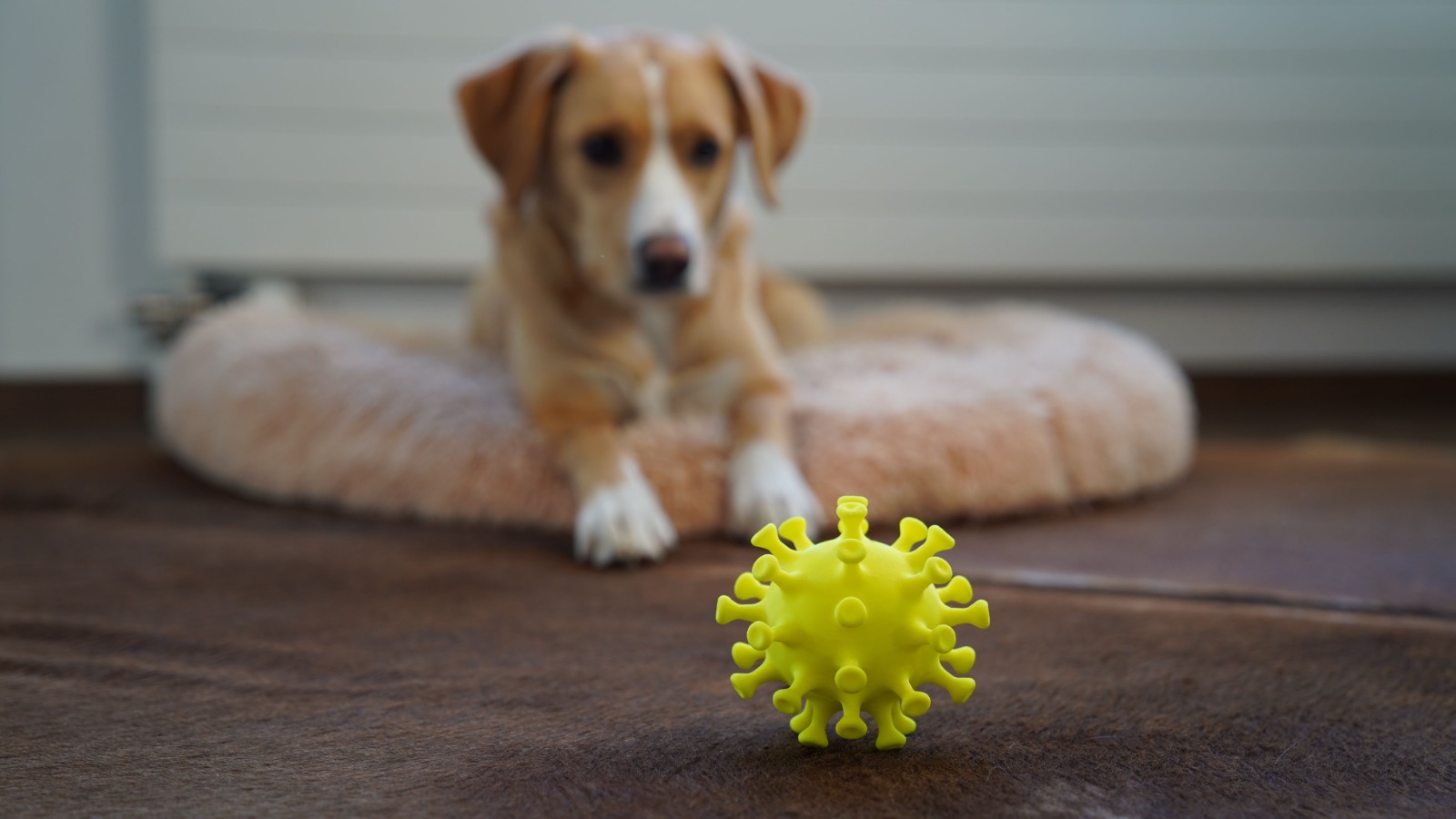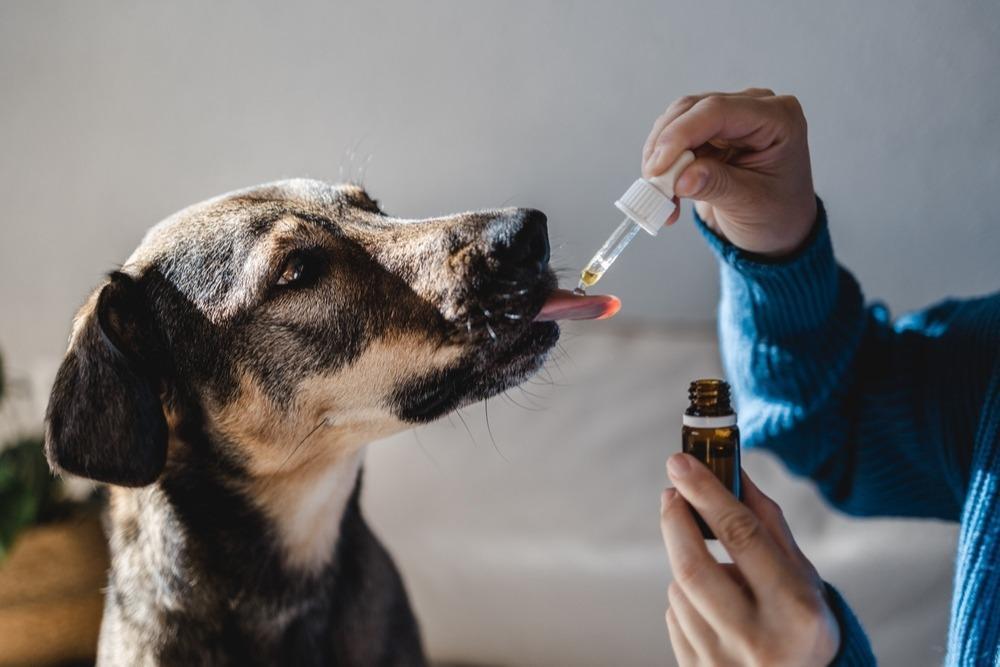A diagnosis of Diabetes in your pet can feel quite daunting. We decided to put together this guide on diabetes in pets, to bring all you may need to know about diabetes, and caring for a diabetic pet, into a handy, bitesize guide!
What is Diabetes?
Diabetes is a condition causing blood sugar levels to become too high. There are three types of diabetes; Type 1, type 2, and Diabetes Insipidus. Type 1 is found in around 0.2 to 1% of dogs, but type 2 diabetes is not found in dogs; it is however, found in cats. Diabetes Type 1, is most commonly found in adult dogs between the ages of 6 and 9. Diabetes Insipidus is another type of diabetes, unrelated to type 1 or 2, but with similar symptoms.
Findings Here
Symptoms of Diabetes
Symptoms of diabetes in pets include:
- Polydipsia (excessive water consumption; read more here!)
- Polyuria (excessive urination; read more here!)
- Increased appetite
- Weight loss (often rapid)
- Recurring skin and urinary infections
- Clouded eyes
A dog with diabetes may present with any number of these symptoms, so if your dog is displaying one or more of these, it’s best to have a full vet check.
Findings Here
What Causes Diabetes?
A huge part of the cause of diabetes in dogs, is down to genetic predisposition. Breeds predisposed to the potential to develop diabetes include:
- Miniature schnauzer
- Dachshund
- Beagle
- Poodle
- Samoyed
- Keeshond
- German Shepherd
- Golden Retriever
- Labrador Retriever
- Bichon Frise
- Pug
- Cocker Spaniel
Diabetes can also be caused by other ongoing medical problems. It can be a secondary condition to Cushing’s Disease, Pancreatitis and obesity.
Those suffering with pancreatitis flare ups are at risk of diabetes due to the damage on the organ, caused by regular periods of intense inflammation. The pancreas secretes insulin which regulates blood sugar levels. When insulin is not able to be produced due to damage to the pancreas, blood sugar spikes occur, which leaves dogs at a high risk of diabetes. 30 to 40% of dogs with diabetes, also have pancreatitis.
Obesity, like in humans, is a common predecessor for diabetes as it contributes to insulin resistance. Resistance to insulin, means less control of blood sugar levels.
Findings Here
Diagnosis of Diabetes
To test for Diabetes, your veterinarian will take bloods and urine samples. In the urine sample, they will test levels of glucose and ketones. If there is a significant abnormality in these results, the blood glucose level will be tested. If glucose levels are very high in the blood sample, and found in the urine sample, a diagnosis of diabetes can be made.
During testing for diabetes mellitus (Type 1), other significant markers for other conditions may be found, so your veterinarian may start treatment for other conditions as well as diabetes.
If your dog’s urine is extremely dilute, diabetes insipidus may be a diagnosis your vet may consider.
Findings Here
Monitoring, and Medical Intervention
Insulin Therapy
After diagnosis, the first thing your vet will work out, and prescribe, is the right insulin dose for your dog. The vet will teach you how to give an insulin injection, either by syringe, or VetPen. These will need to be given regularly alongside monitoring, to ensure your dog’s blood sugar levels stay consistent and within a normal range.
Findings Here
Monitoring Glucose Levels
Traditionally, your vet will teach you how to monitor urine glucose levels at home. Urine can be tested using urine strips, just as you would in the human world. The vet may also teach you to test your dog’s blood glucose levels. They will provide you with a portable glucose meter, which you will use in tandem with blood test strips.
Bloods may be taken, and analysed regularly by the vet to keep an eye on blood glucose levels and ensure the insulin dosage is correct.
More recently, some veterinary practices have been offering the Freestyle Libre device worn by many human diabetics. This is a device inserted into and attached to the skin, which reads blood glucose levels. When the owner needs to check glucose levels, they simply use their accompanying mobile phone application which connects to the device. This is an expensive option, but very fail safe, and easy.
Findings Here
Findings Here
Spaying Females
Your veterinarian will recommend you spay your female dog if they are diagnosed with diabetes. One of the female sex hormones, called progesterone, can sadly interfere with insulin usage in the body, which could cause a blood sugar spike.
Findings Here
Supporting the Body Naturally
Diet
As with anything, we always recommend feeding a fresh diet. Why is this so important for diabetes sufferers?
The carb content in dry foods causes a spike in blood sugar levels. Forcing a raised blood sugar level on a diabetic dog will put a huge amount of pressure on the organs, and can cause hospitalization.
When looking at the ingredients list of dry foods, there may be very few ingredients which appear to be carbohydrates; however, these do add up! The carb content of dry foods isn’t specifically listed, only protein, fat, moisture and ash. If you add those up, and deduct from 100, you will get the percentage of carbs in the food. Most dry foods are between 20 and 70% carbs!
Three very important components of a diabetic dog’s diet, are fibre, fat, and protein. Fibre, fat and protein help to stabilise blood sugar levels as the consumption of these macronutrients causes the digestion of carbs to slow down, ultimately slowing down their absorption into the blood. Because the absorption of the sugars from carbohydrates is slowed, blood sugar levels stay more controlled, and are more unlikely to spike.
Findings Here
The moisture level of fresh food, also helps keep the urine suitably dilute, and not concentrated in glucose or ketones.
You will need to keep the amount fed each day the same, as this is what your dog’s insulin dose is based upon. If the dog is fed more than normal, the insulin will not be enough, and your dog could have a blood sugar spike.
Exercise
It is worth bearing in mind that dogs with diabetes may not suit working, or sporting roles. Exercise should be kept to a similar level daily. Spikes in exercise can cause the body to use more glucose, and end up struggling to correct the blood glucose levels due to no difference in insulin dosage.
Supplements
As diabetic pets are prone to recurring Urinary Tract Infections (UTIs), cranberry, D-Mannose and Spirulina may be needed to keep these at bay.
Findings Here
Omega 3 is essential for diabetic dogs, especially for eye health, as diabetes can affect the eyes. Omega 3 will also help support the liver and kidneys of a diabetic pet.
Findings Here
Digestive Enzymes may be advisable, to enable the pancreas to rest, so it can yield plenty of insulin.
If you feel your dog’s symptoms could point to diabetes, consult your vet as soon as possible. If your pet has been diagnosed with diabetes, and you’re looking for tailored nutritional and functional medicine advice, please don’t hesitate to book in with one of our team!
Team MPN x










